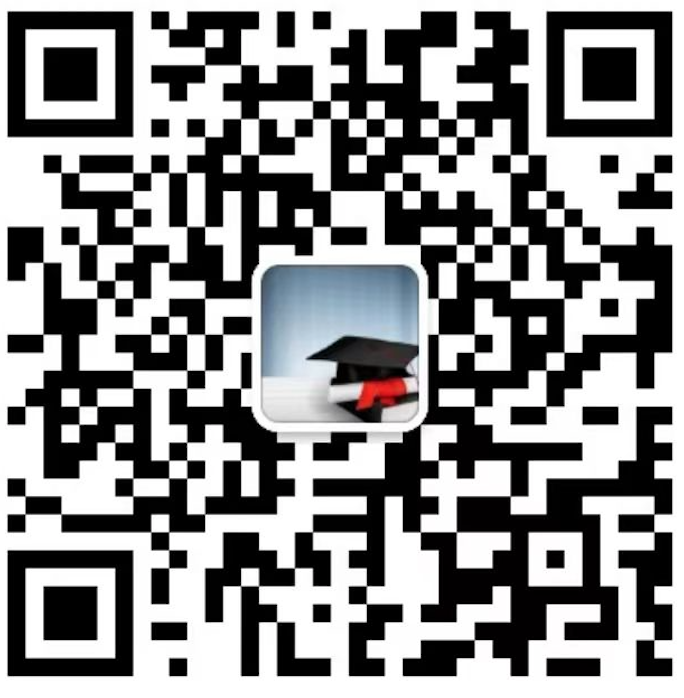America’s strategy in Asia for more than acentury has sought a stable balance of power to prevent the rise of any hegemon. Yet the United States, according to itsofficial NationalSecurity Strategy, is also committed to accommodating “the emergence of aChina that is peaceful and prosperous and that cooperates with us to addresscommon challenges and mutual interests.” So America’sAsia policy has in some ways been at war with itself.
In fact, the US has played a key role in China’s rise.For example, rather than sustain trade sanctions against China after the Tiananmen Square massacre in 1989, the US decided instead to integrate thecountry into global institutions. But US foreign policy had been notablefor a China-friendly approach long before that.
In 1905, PresidentTheodore Roosevelt, who hosted the peace conference in Portsmouth,New Hampshire, after the Russo-Japanese War,argued for the return of Manchuria to Manchu-ruled Chinaand for a balance of power in East Asia. Thewar ended up making the USan active participant in China’saffairs.
After the Communistsseized power in China in1949, the USopenly viewed Chinese Communism as benign,and thus distinct from Soviet Communism. And it was after the Communists crushed the pro-democracy movement in 1989 thatthe US helped to turn China into an export juggernautthat has accumulated massive trade surpluses and become the principal source ofcapital flows to the US.
America’s policy toward Communist China has traversedthree stages. In the first phase, Americacourted Mao Zedong’s regime, despite theKorean War, China's annexation of Tibet, and domestic witch hunts, such as the HundredFlowers Campaign. Courtship gave way to estrangement during the second phase,as US policy for much of the1960’s sought to isolate China.
The third phase beganimmediately after the 1969 Sino-Soviet military clashes, with the US actively seeking to exploit the rift in the Communist world by aligning China withits anti-Soviet strategy. Although Chinaclearly instigated the bloody borderclashes, Americasided with Mao’s regime. That helped to laythe groundwork for the China “opening” of 1970-1971,engineered by US National Security Adviser Henry Kissinger, who until then hadno knowledge of the country.
Since then, the US has pursued a conscious policy of aiding China’s rise. Indeed, PresidentJimmy Carter sent a memo to various US government departments instructing them tohelp in China’s rise – anapproach that remains in effect today, even as America seeks to hedge against therisk that Chinese power gives rise to arrogance. Indeed, even China’sfiring of missiles into the Taiwan Strait in 1996 did not change US policy. Ifanything, the US has beengradually loosening its close links with Taiwan,with no UScabinet member visiting the island since those missile maneuvers.
Seen in this light, China’s spectacular economic success – includingthe world’s largest trade surplus and foreign-currency reserves – owes much to US policy fromthe 1970’s on.Without the significant expansion in US-Chinese trade and financial relations, China’s growthwould have been much slower and more difficult to sustain.
Alliesof convenience during the second half of the Cold War, the US and China emerged from it as partnerstied by interdependence. Americadepends on China’s tradesurplus and savings to finance its outsizebudget deficits, while Chinarelies on its huge exports to the US to sustain its economic growth andfinance its military modernization. By plowingmore than two-thirds of its mammothforeign-currency reserves into US dollar-denominated assets, China has gained significantpolitical leverage.
China is thus verydifferent from previous USadversaries. America’sinterests are now so closely intertwined with China that a policy to isolate orconfront it is not feasible. Even on the issue of democracy, the USprefers to lecture other dictatorships rather than the world’s largest autocracy.
Yet it is also true thatthe US is uneasy about China’snot-too-hidden aim to dominate Asia – an objectivethat runs counter to US security and commercial interests and to thelarger goal of securing a balance in power in Asia.To avert Chinese dominance, the US has already started to build countervailing influences and partnerships,without making any attempt to contain China.
For the US, China’sgrowing power actually helps to validate its forward military deployments in Asia, maintain existing allies in the region, and win newstrategic partners. Indeed, an increasingly assertive China has proven a diplomatic boon for the US in strengthening and expandingits Asian security relationships.
The lesson is clear:The muscle-flexing rise of a world power canstrengthen the strategic relevance and role of a power in relative decline. Barely a decade ago, the US was beginning to feel marginalized in Asia,owing to several developments, including China’s “charm offensive.” But now America hasreturned firmly to center stage. South Korea has beefedup its military alliance with the US; Japan has backedaway from an effort to persuade the US to move its Marine base out ofOkinawa; Singapore has allowed the US Navy to station ships; Australia ishosting US Marine and other deployments; and India, Vietnam, Indonesia, and thePhilippines, among others, have drawn closer to the US as well.
But no one should have any illusionsabout USpolicy. Despite America’s “pivot” to Asia, it intends to stick to its two-prongedapproach: seek to maintain a balance of power with the help of strategic alliesand partners, while continuing to accommodate a rising China.



 雷达卡
雷达卡




 提升卡
提升卡 置顶卡
置顶卡 沉默卡
沉默卡 变色卡
变色卡 抢沙发
抢沙发 千斤顶
千斤顶 显身卡
显身卡






 京公网安备 11010802022788号
京公网安备 11010802022788号







